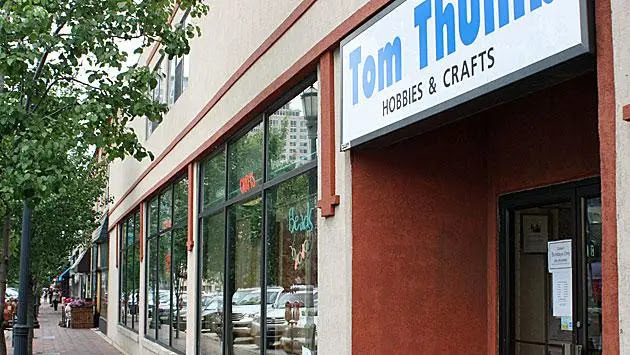I'm writing this article, which includes a screen capture of the email below I received as a preemptive warning to Illinois residents and readers from other states.
Paleo-Indian artifacts are the remnants of tools, weapons, and other objects left behind by the first humans known to inhabit North America, dating from roughly 15,000 to 7,000 years ago. These fascinating objects offer invaluable insights into the lives and technologies of these early peoples despite the challenges of studying such ancient remains.
There's currently no definitive evidence that Paleo-Indians in North America carved mammoth and mastodon ivory as artworks. While some tools and utilitarian objects made from ivory have been found, they lack clear artistic intent or decoration.
Types of artifacts:
Stone tools: These are the most common artifact type, as stone was readily available and durable. Tools include:
Clovis points: Large, lance-shaped spear points with distinctive flutes (grooves) running down the base are iconic symbols of the period.
Other projectile points: Different styles like Folsom, Scottsbluff, and Dalton points reveal regional variations and adaptation to changing environments.
Scraper tools: Used for processing hides, wood, and other materials.
Knives and blades: Employed for cutting and slicing tasks.
Non-stone artifacts: While less common, these offer valuable glimpses into other aspects of life:
Bone tools: Awls, needles, and ornaments made from animal bones suggest various practical and symbolic uses.
Fire hearths and cooking features: Evidence of controlled fire use, crucial for warmth, cooking, and toolmaking.
Rock art and engravings: Rare but potentially offering insights into spiritual beliefs and communication.
Several states have banned the sale of all "Ivory," meaning any tooth or tusk composed of ivory from any animal, including mammoths and mastodons. As of 2024, these states include ILLINOIS, California, New York, New Jersey, New Hampshire, Nevada, Oregon, and Hawaii. Other states may restrict the sale of ivory depending on the item's age, origin, and value.
Since the sale of ivory in Illinois is illegal, reporting it is crucial to protect endangered elephant populations and combat wildlife trafficking.
Illinois General Assembly: 815 ILCS 357/ Animal Parts and Products Ban Act.
Here are some resources to report the sale:
1. Illinois Department of Natural Resources (IDNR):
Online Reporting: You can file a complaint online through the IDNR's Turn in Poachers Website: https://dnr.illinois.gov/lawenforcement/target-poachers.htmlPhone: You can call the IDNR's Conservation Police hotline at 1-800-252-8934.
2. U.S. Fish and Wildlife Service (USFWS):
Online Reporting: You can file a report through the USFWS's National Wildlife Service Tip Line: https://www.fws.gov/wildlife-crime-tipsPhone: You can call the USFWS's Division of Law Enforcement at 1-800-847-7353.
3. Wildlife Crime Stoppers:
Online Reporting: You can submit an anonymous tip through Wildlife Crime Stoppers' Website: https://wildlifecrimestoppers.org/contact-us/
Phone: You can call Wildlife Crime Stoppers at 1-800-642-WILD (9453).
Compiled by Dr. Neil Gale, Ph.D.





